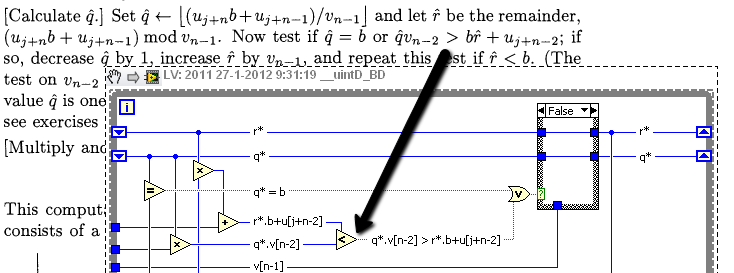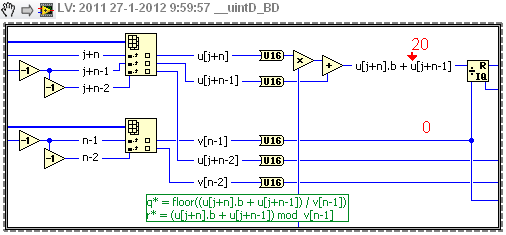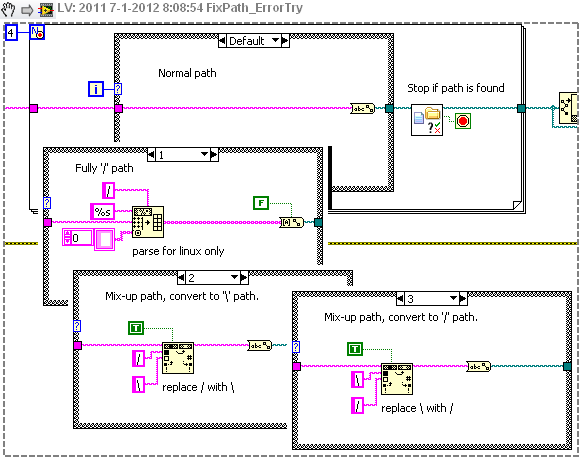-
Posts
1,991 -
Joined
-
Last visited
-
Days Won
38
Content Type
Profiles
Forums
Downloads
Gallery
Everything posted by Ton Plomp
-
Made first public release of #mercurial for #labview project at @lavag Come, download, evaluate and comment http://t.co/jVnjHcWD
-
RT @dhh: US prosecutes Swiss banks for violating US law, but won't allow other countries to prosecute them for torture etc,...
-

Only the US Will Have National Sovereignty - http://tinyurl.com/7xembzk
-
-
Updated #Mercurial API for #LabVIEW to version 0.3 download @lavag #CodeRepository: http://t.co/UHMfXKF3
-
RT @lavag: Hot Topic: Using #labview conditional for loops as trial and error resolvers: http://t.co/bmTiLn26








